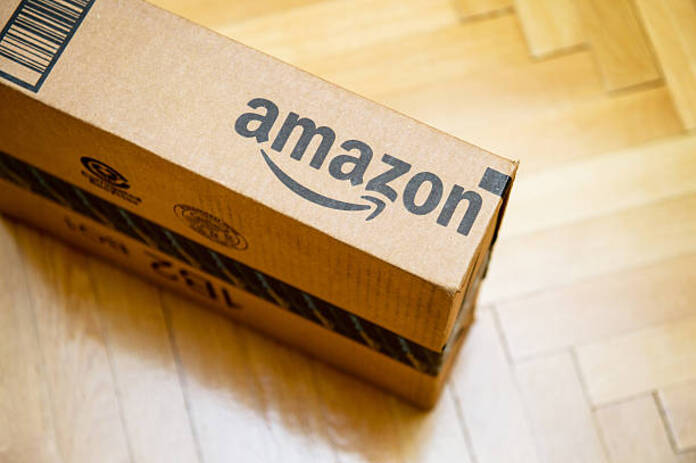Amazon (NASDAQ:AMZN)
The slowdown in Amazon (NASDAQ:AMZN) cloud computing division is expected to “bottom” in the near future, according to an investment company called Loop Capital, which caused Amazon stock to rise over 3% in early trading on Thursday.
An analyst by the name of Rob Sanderson said in an investment note that he believes “the revenue deceleration at [Amazon Web Services] will bottom in the next two quarters and that we think [generative AI] preparedness will accelerate the recovery.”
Sanderson pointed out that the cost optimization efforts made by Amazon (NASDAQ:AMZN) cloud customers began around August 2022. It is becoming more likely that this process is beginning to stop, with AWS finally poised to return to growth. Sanderson also said that the cost optimization efforts made by Amazon (NASDAQ:AMZN) cloud customers began around August 2022.
“Timing and the competitive position of the major clouds for gen-AI are still up for debate,” Sanderson said. “What is not up for debate, though, is that gen-AI will drive a lot of demand for cloud workloads,” he added, pointing out that generative AI is already starting to “bend the curve” for cloud spending costs this year.
Sanderson also said that the sustained recovery of unit economics is expected to be a more significant element for the company’s earnings power, even though the timing of the slowdown in AWS revenue is likely to be the next driver of the Amazon stock price.
Amazon (NASDAQ:AMZN) saw a deleverage of 670 basis points for the retail segment’s profitability during the COVID-19 pandemic due to “challenging operating conditions and cost inflation.” Sanderson said this trend is shifting in the other direction as the prices of various things, such as energy and transportation, are beginning to normalize. Additionally, the corporation revamped its fulfillment network, increasing the number of regional interconnects from one to eight. Previously, there was just one.
Since the program was first implemented in the first quarter, the overall distance items travel on average has decreased by 15%. According to Sanderson, there has been a 12% reduction in the number of times that they come into contact with human hands.
Featured Image: Unsplash









